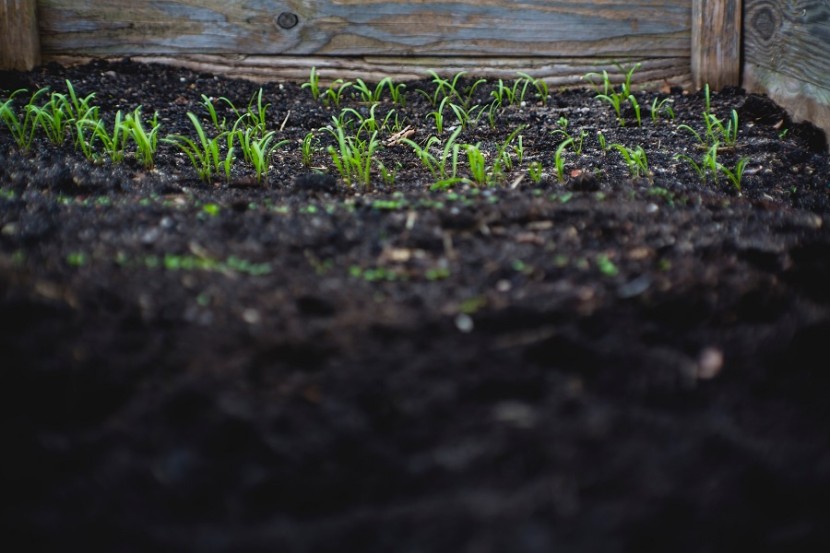
In November 2018, doctors found a bacteria native to Southeast Asia and northern Australia after a 63-year-old Texas man who had not left the country in 30 years sought care for a fever, chest discomfort, and difficulty breathing.
Doctors and researchers were still baffled by the man's melioidosis diagnosis nearly three years later because nothing in his medical or personal background indicated that he had been exposed to Burkholderia pseudomallei-infected soil or water.
CDC, health experts investigate rare soil bacteria
Three states have joined forces with the federal Centers for Disease Control and Prevention to investigate how three additional Americans acquired the uncommon and deadly infection this year without going to tropical areas where the infectious bacteria naturally exist.
According to a health alert issued by the CDC on Wednesday, public health authorities in Kansas, Texas, and Minnesota are investigating melioidosis cases involving two people and one child. In March, one individual was admitted to the hospital and died from the deadly soil bacteria. The other two were diagnosed in May, and one of them remained in the hospital for almost a month.
This year's afflicted individuals had not recently gone outside of the nation. The inquiry comes nearly a year after the CDC published a case report of a Texas man who was diagnosed in 2018 and was hospitalized but recovered following treatment. He resided on a tiny ranch west of San Antonio in rural Atascosa County.
According to research analyzing his case, because the property lacked flowing water or a private well, the man purchased chlorinated water from the local municipal water company and kept it in a tank that he went inside and scrubbed clean once or twice a month. Researchers took samples from the man's water tank and the soil around his home, but were unable to identify the source of the uncommon bacteria, which had never been seen in the continental United States, The Washington Post reported.
What is this deadly soil bacteria?
Per Gizmodo, the deadly soil bacteria called Melioidosis and also known as Whitmore's disease is a disease caused by the rod-shaped bacteria Burkholderia pseudomallei, which can affect a wide range of animal and human species. Its symptoms are non-specific, mirroring those of a variety of different diseases, and are dependent on the location of the infection in the body.
For example, most infections cause fever, but in the respiratory tract, they can cause cough, chest pain, and a loss of appetite. It can also travel to the circulation, where it can cause life-threatening sepsis, as well as the brain and neurological system.
Because melioidosis is difficult to identify, proper treatment is frequently delayed. Even with strong antibiotics administered by IV, it is frequently deadly, killing between 10% and 40% of those who suffer once symptoms appear. It can also lay latent in the body, showing no symptoms until a person's health deteriorates due to other factors.
Melioidosis symptoms differ based on the kind of infection: lung, bloodstream, localized, or disseminated, according to the CDC. Localized pain or swelling, fever, ulcerations, and abscesses are all signs of a localized infection. Coughing, chest discomfort, high temperature, headache, and anorexia are all symptoms of pulmonary infections, which damage the lungs.
Patients may feel fever, headache, respiratory difficulty, stomach discomfort, joint pain, and disorientation if the bacteria enter the bloodstream. Fever, weight loss, stomach or chest discomfort, muscle or joint pain, headache, and convulsions are all symptoms of a disseminated illness.
Melioidosis is sometimes confused for other diseases, such as TB or more prevalent types of pneumonia, due to its wide variety of symptoms. The interval between exposure to the bacteria and the start of symptoms can range from one day to several years, although symptoms usually occur two to four weeks after contact.
Antimicrobial treatments can be used to treat the illness caused by deadly soil bacteria. Certain underlying medical problems, such as liver disease, diabetes, or cancer, may put people at greater risk. The disease's mortality rate varies dramatically depending on the clinical presentation of symptoms, ranging from 10% to 50%, as per Newsweek.
© 2025 HNGN, All rights reserved. Do not reproduce without permission.








